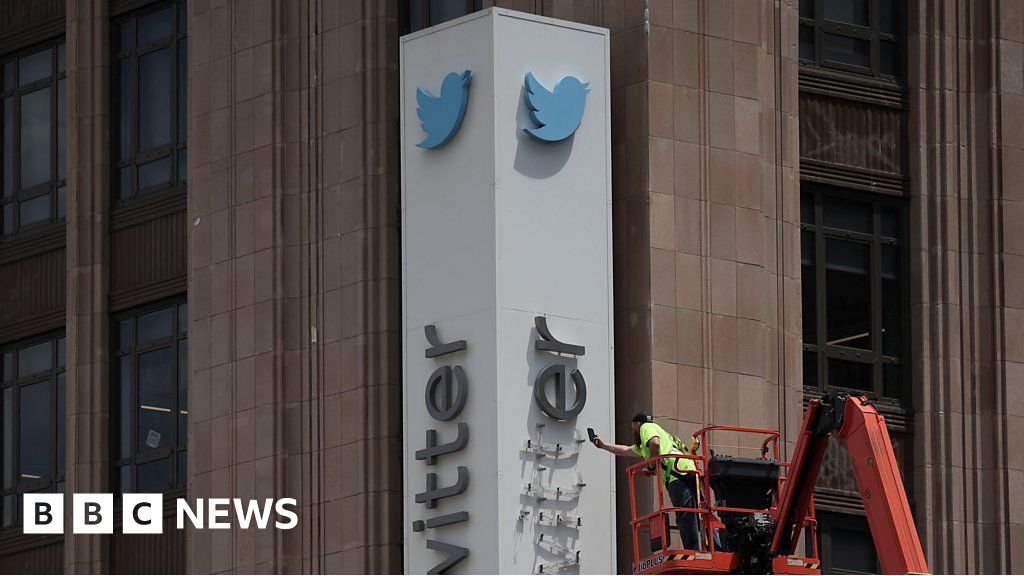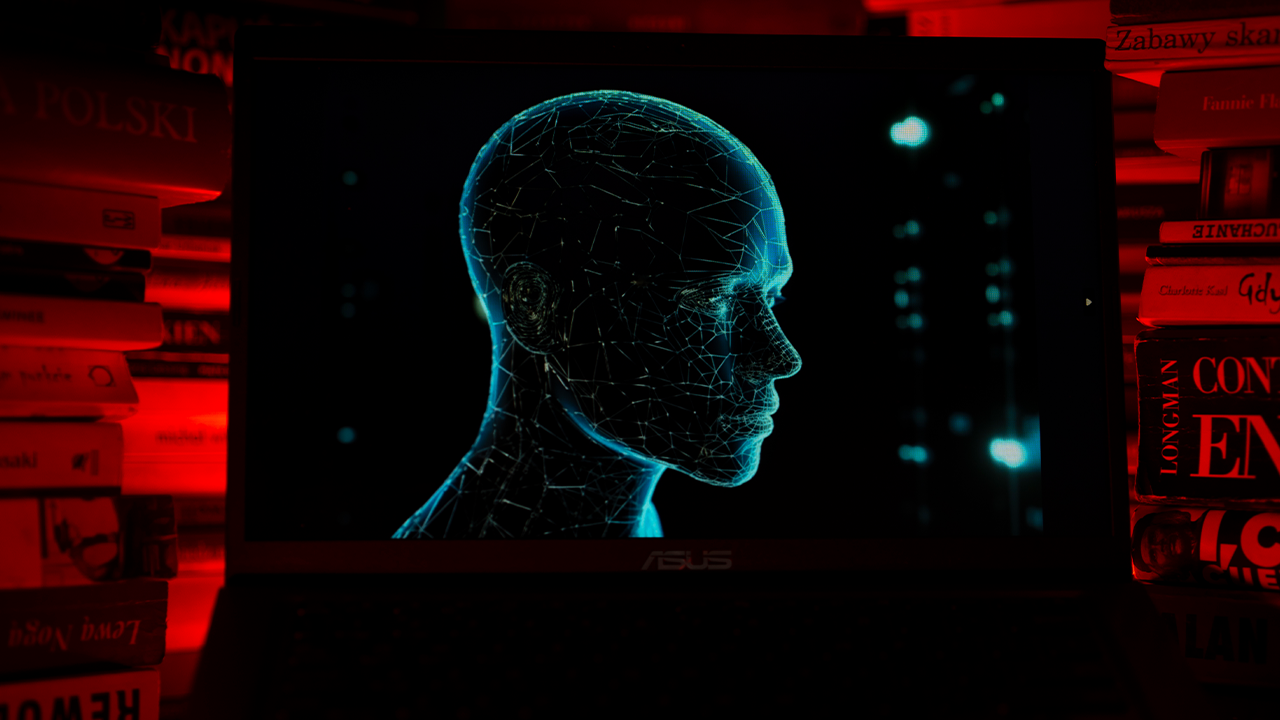
Elon Musk testified in federal court on Monday that Saudi Arabia’s sovereign wealth fund “clearly wanted to take Tesla private,” as the trial focused on Mr. Musk’s 2018 bid to take the automaker out of the stock market. Whether the statement cost investors billions of dollars.
The San Francisco judge handling the case has ruled that some of Mr. Musk’s statements about taking the company private — including his claim that he had secured financing for the deal — were not true.
The testimony about the Saudi Public Investment Fund came in response to questions from a plaintiffs lawyer who had pressured Tesla CEO Elon Musk to provide more details about his plans to take the company private. Mr. Musk said officials from the Saudi fund had not yet signed off on a document committing to a deal, nor had they discussed how much they would invest in the deal.
“You can’t know the exact amount without knowing who else is going to be involved,” he said. But he added that he believes “if they say they’re going to do something, they’re going to do it.”
Removing a public company from a stock exchange can be expensive and difficult. Individuals or investment firms seeking to take a business private must commit funds to purchase all or a majority of its stock.
The Saudi fund already had a 5% stake in Tesla before Mr. Musk announced his plans, which would be an important part of any deal. Musk, who has long claimed that Saudi investors were committed to the deal, criticized Saudi officials after news reports said they were lukewarm about the deal, according to communications in court filings.
Mr. Musk and Tesla’s legal team tried unsuccessfully to compel employees of the fund to testify at the trial. This month, lawyers for the fund called the subpoena “legally flawed” and “frankly, frivolous.” A spokesman for the fund did not immediately respond to a request for comment on Monday.
On August 7, 2018, Mr. Musk wrote Wrote on Twitter: “I am considering taking Tesla private at a price of $420. Funding is guaranteed.” Mr. Musk at the time wrote: “Investor support confirmed. The only reason this is uncertain is that it depends on shareholder votes.” Tesla’s stock price surged after Mr. Musk’s posts, but fell as the proposal fell through.
Asked whether he priced Tesla at $420 a share because it would be “a joke your girlfriend would love,” Mr Musk said, “There’s some causality around $420, but I should Question whether that’s a good thing or a bad thing.” Musk then added that he chose $420 because it was about 20% above Tesla’s stock price at the time.
Wearing a dark suit and black surgical mask, Musk entered the courtroom and made a beeline for the witness stand. He watched the jurors walk in and nodded to them.
Lawyers for the investors have argued that the decision to invest in Tesla was made because Mr. Musk said he had secured the funds needed to take Tesla private. But Mr. Musk and Tesla’s lawyers said investors could base their decision on Mr. Musk’s statement that he was considering taking Tesla private — a statement his lawyers claim is true.
Legal experts say most companies and CEOs are likely to settle such a case. But Mr. Musk has often shown a willingness to let the lawsuits filed against him and Tesla go to trial.
On the witness stand Friday, Mr. Musk acknowledged that his Twitter account provided important information about Tesla and must comply with SEC regulations. But he denied that his social media posts were the cause of Tesla’s share price volatility. He also said he couldn’t be as comprehensive on Twitter as Tesla is in its SEC filings and press releases.
Mr. Musk also said he was advised by friends, as well as Tesla executives and investors, to stop using Twitter before tweeting about taking Tesla private.
In 2018, Mr. Musk and Tesla filed separate lawsuits with the SEC over his proposal to take Tesla private. They paid a fine to the SEC, and Mr. Musk agreed to step down as Tesla’s chairman and allow lawyers to review certain statements about the company before posting them on social media.
The trial began three months after Mr. Musk bought Twitter. Since then, he has fired most of his staff, changed content rules and allowed previously banned or suspended users back on the platform.







